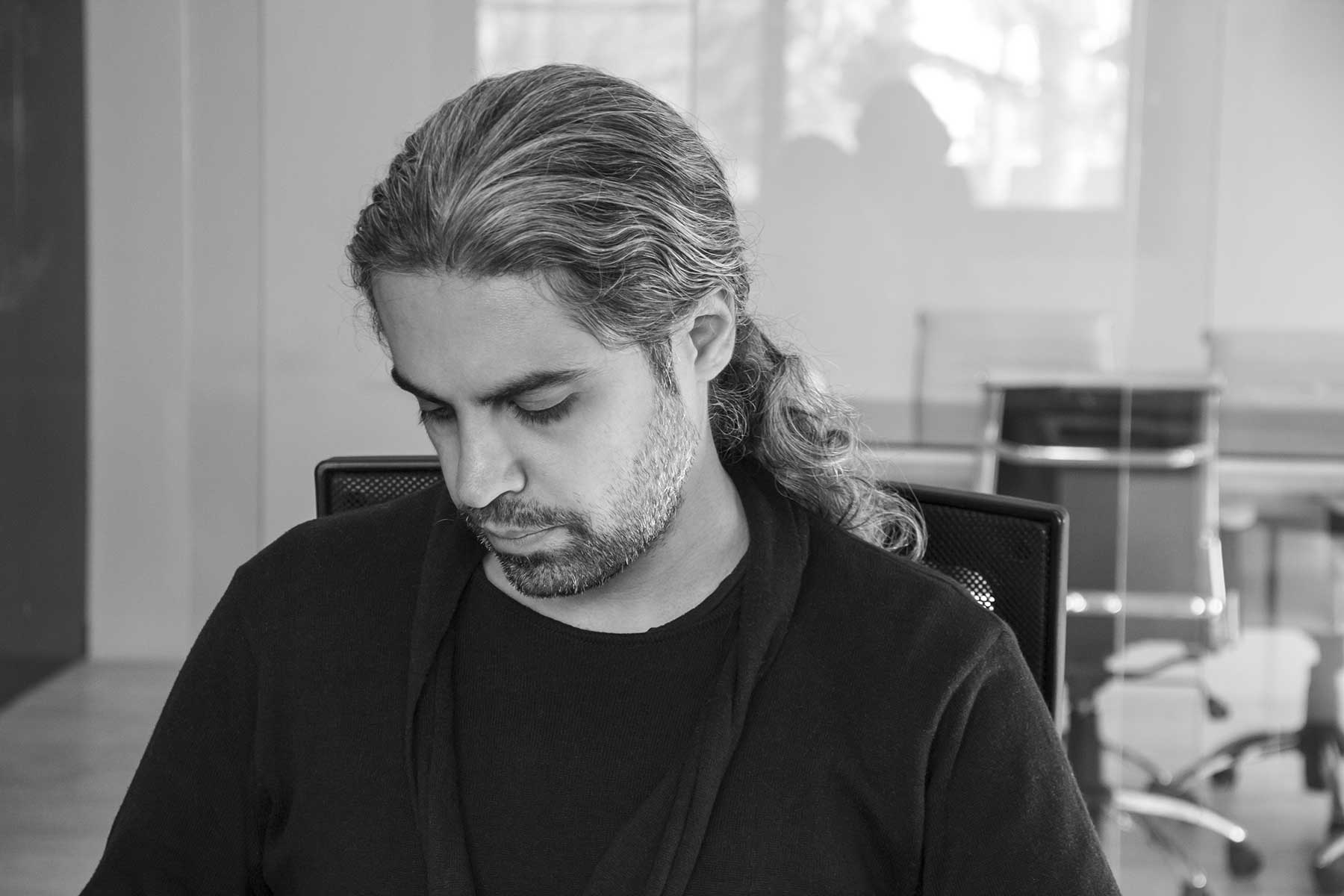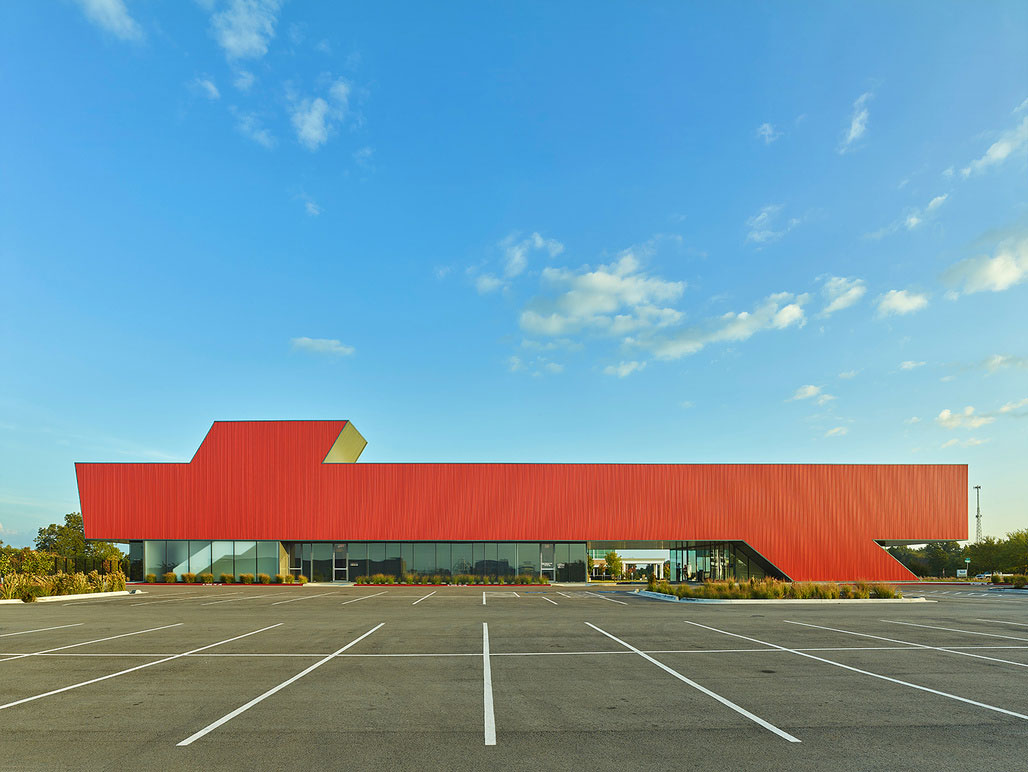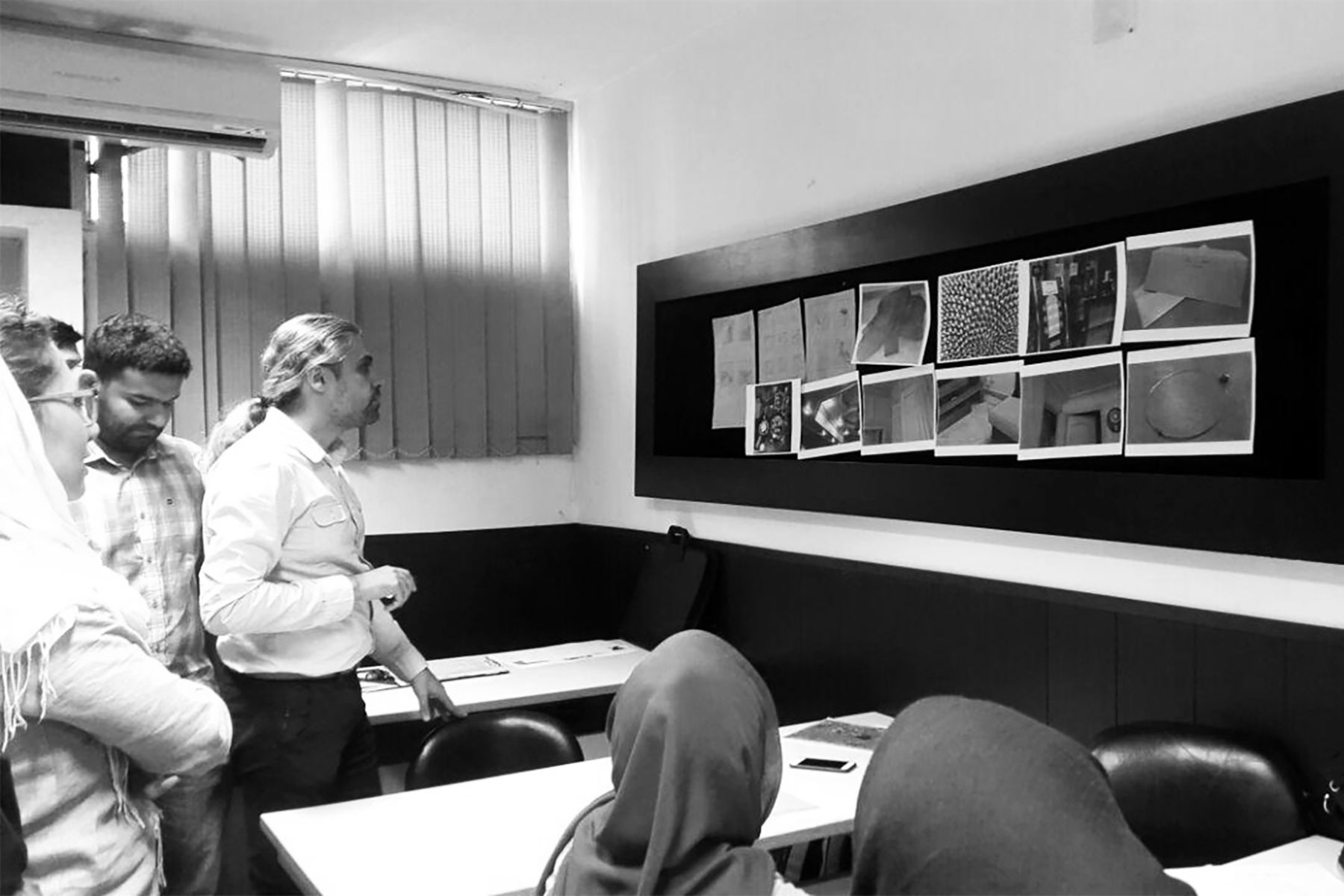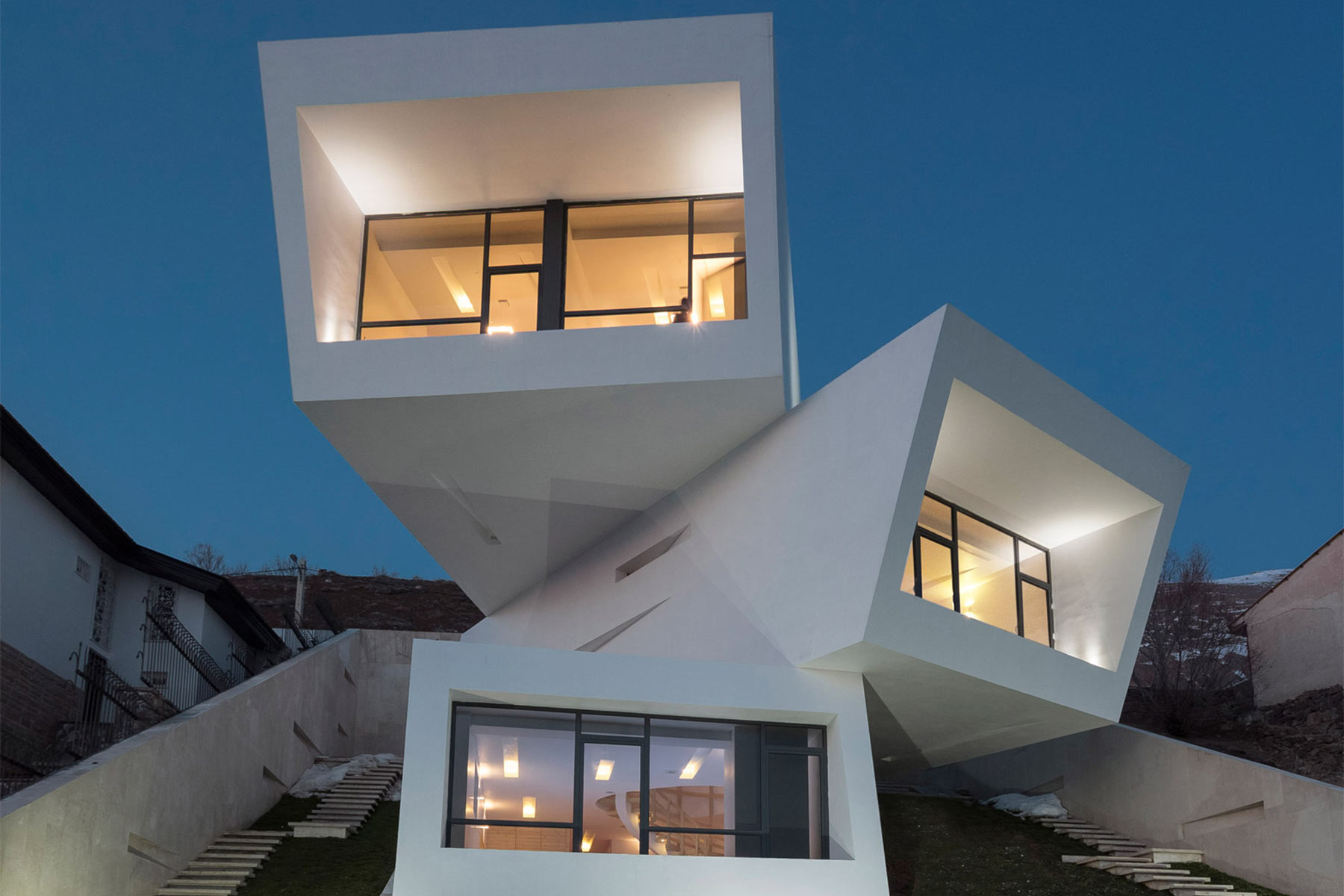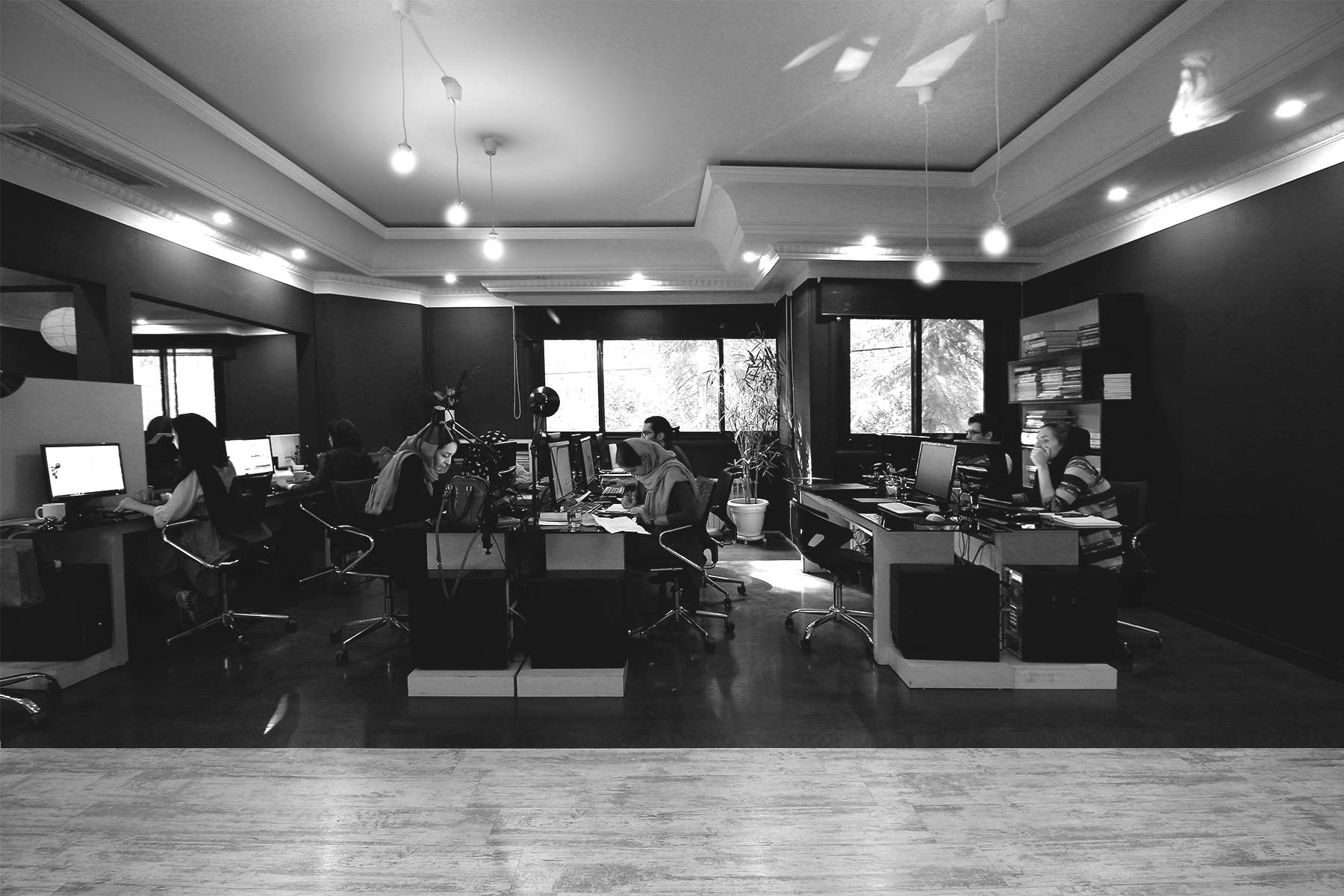Mr. Mafakher started his professional career in a cooperation with the “Eyvan-e-Naghsh-e-Jahan” consulting engineers and “Gamma” companies and his individual work by founding “Studio 11” designing group. He founded “Xeta” designing, consulting and building company in 1387 and his own personal design office named “xema” in 1390 and carried out different architectural, interior design and urban design projects. From 1389 to 1394, he managed to carry out several projects and achieve national and international prizes and the first place in several architectural competitions.
He’s been in charge of numerous projects & has already won many national & international awards for his works. Here is the list of his achievements:
5th place in “International Karbala holy shrines urban design competition” in 2008
1st place in “Tehran french school design competition” in 2009
1st place in “2nd interior design award” for “apartment no 17” project in residential sector 2010
3rd place in “10th Memar grand award” for “apartment no 17” project in residential sector 2010
Appreciated in “11th Memar grand award” for “77sqm” project in public sector 2011
1st place in “3rd interior design award” for “77sqm” project in public sector 2011
1st place in “Rasht jam Saadi commercial complex competition” 2011
1st place in “Qazvin Alborz recreational & commercial complex” 2011
Q1: which professor and course influenced you the most?
In the design field, my designing process was mostly influenced by prof. Esmaeili (who is active in Iran-France friendship association). It was the honor of mine learning from two master teachers, prof. Esmaeili and with prof. Tahaei in third design course in university.
I’ve learned a lot the professional attitude from prof. Misaghian and Mr. Gholinezhad.
My life and teaching approach is mostly influenced by prof. Farrokh Mohammad Zadeh.
Q2:Which well-known architect’s work was influential for your design path?
Different architectsinfluenced me in different periods of time but I always liked Peter Eisenman and Robert Lipson’s works very much but the aesthetical formation of my works was mostly influenced by Zaha Hadid. While my works are powerful in terms of form but there is no doubt that the concept is the first priority of them.
Q3: What are the exclusive properties of your design?
- All of the projects are based on a specific concept. I don’t exactly mean our projects have a plain concept, but the concept is a special meaning. (formalist conceptual-ism)
- We are looking for the aesthetics in our projects but it’s not the basis of the design process. Aesthetics will found at the end of the project by itself.
- Another aspect of our designs is being interactivity which means our designs are compatible for different applications, performances or environmental conditions. Human behavior also changes based on the project.
- We don’t design for approach into spatial sense or being minimalist (whether in form or concept), our projects possess these themes at the end.
